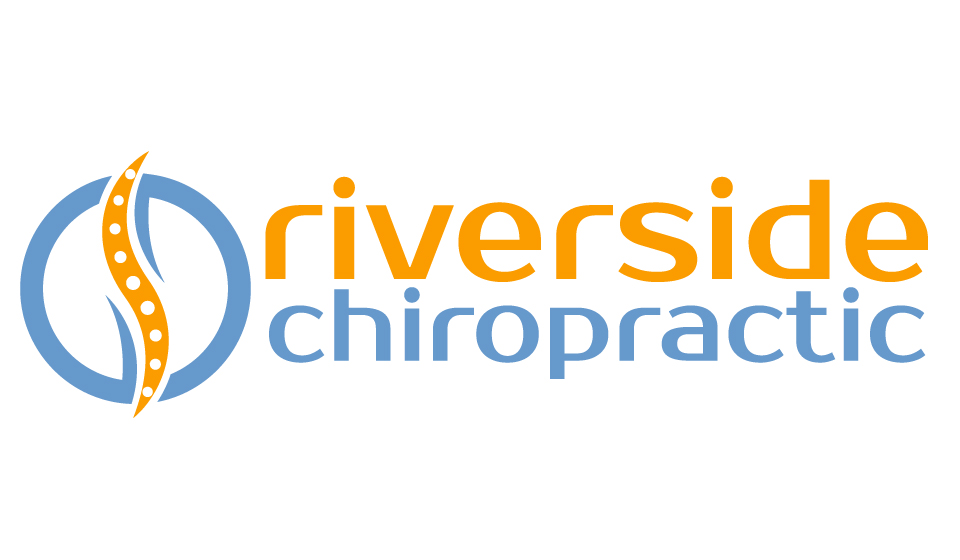How to tell if a headache is serious
/Headaches are one of the most common health complaints, but not all headaches are created equal. While some can be easily managed with lifestyle changes or chiropractic care, others may signal more serious conditions requiring immediate medical attention. At Riverside Chiropractic, we believe in empowering our patients with the knowledge to make informed decisions about their health.
Common Causes and Simple Solutions
Many people experience headaches due to everyday factors that are relatively easy to address:
- Poor posture
- Extended periods of sitting
- Neck tension
- Dehydration
- Inadequate sleep
- Poor dietary habits
These types of headaches often respond well to chiropractic treatment and lifestyle modifications. Simple changes like staying well-hydrated, maintaining a balanced diet, and ensuring proper sleep can make a significant difference in preventing and managing routine headaches.
When to Be Concerned: Red Flag Symptoms
However, certain headache symptoms should never be ignored. Fiona from Riverside Chiropractic emphasises, "Headaches can range from simple tension-related issues that we regularly treat in our office to indicators of more serious conditions. Understanding when to seek immediate medical attention is crucial for patient safety."
Seek Immediate Medical Attention If You Experience:
- Headaches following head trauma
- New onset headaches in patients over 50
- Unusually intense headaches
- Headaches brought on or worsened by coughing
- Pain and tenderness around the temples
- Headaches that wake you during the night
- Headaches if you're a cancer patient
- Headaches with the following associated symptoms:**
Blurred vision
Slowed speech
Weakness
Stiff neck
Unexplained rash
Seizures
Taking Action for Your Health
At Riverside Chiropractic, we're committed to keeping families healthy and happy through proper education and appropriate care recommendations. While we effectively treat many types of headaches through chiropractic care, we always prioritise patient safety and will recommend appropriate medical evaluation when necessary.
If you're experiencing any of the red flag symptoms listed above, don't wait – seek medical attention immediately. For routine headaches or to learn more about how chiropractic care can help manage your headache symptoms, we're here to help.


